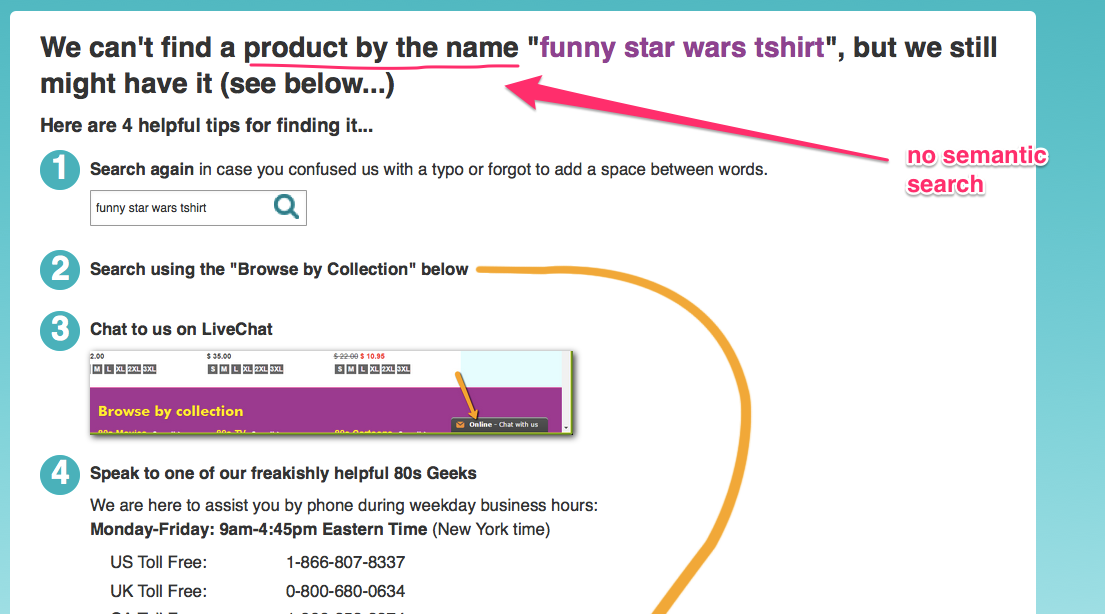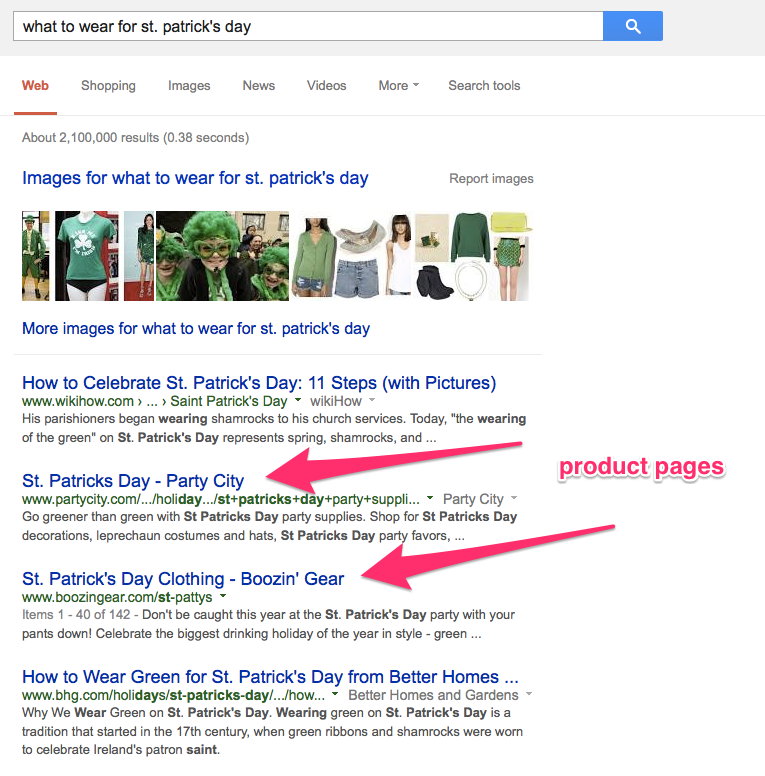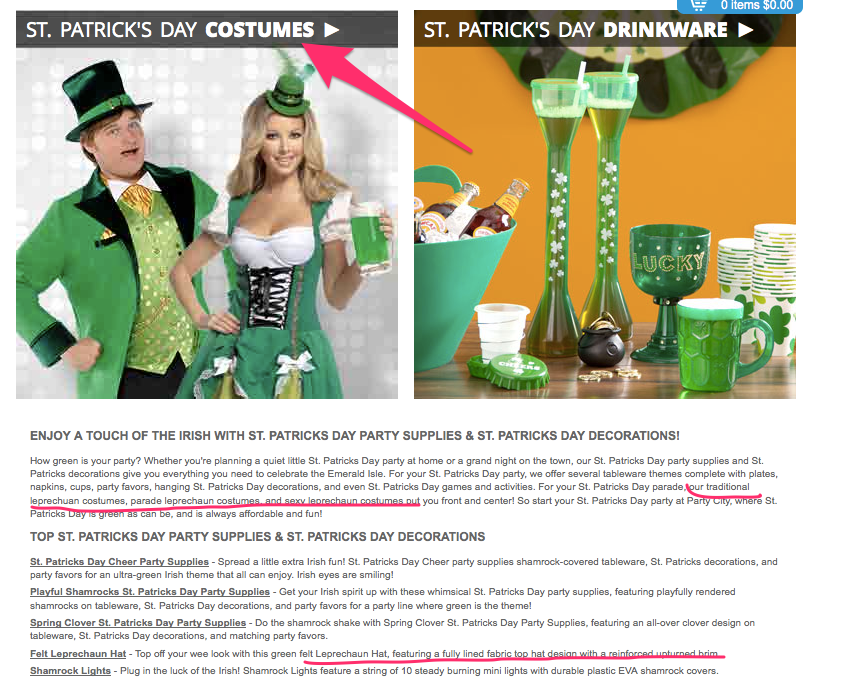How to Use Semantic Search to Sell More

Infuriating, isn’t it?
You followed every SEO advice you could find.
Implemented site changes and built quality links.
You even spent thousands hiring a consultant to review your efforts.
And yet you still see no spike in Google traffic.
DOH!
There may be two possible explanations for this:
It’s still to early to see any results. SEO is a long process and it can take months before you can see a major shift in rankings.
Or….
You’re still missing out on what semantic search has brought to the table.
Search engines have evolved
In the past, Google and other major search engines operated in a very simple way – they matched a search query with words on a page. And if the two matched, they displayed a page in rankings.
To show up in search, all you had to do was to include specific terms you wanted to rank for and bam! Visitors were flowing in.
But search engines got smarter.
Instead of just matching a query to keywords on a page, they now look at other factors – a searcher’s intent and context of the search to deliver relevant information.
This is called semantic search and it has changed the way your customers find information online.
What’s this semantic search, exactly?
According to Wikipedia, semantic search “improves search accuracy by understanding searcher intent and the contextual meaning of terms as they appear in the searchable data space, whether on the Web or within a closed system, to generate more relevant results.”
In short, semantic search aims to discern the searcher’s intent based on the context of search to give a relevant answer.
Two terms are crucial in the definition:
- Intent, which denotes what the searcher is looking for.
- Context, describing everything that gives a search phrase its meaning.
Search engines try to identify both and deliver the most relevant results.
How can I benefit from semantic search?
1. Attract more visitors to your content
77% of B2C marketers use content to promote their sites.
Only 8% consider their efforts very effective.
Moreover, the use of blogging dropped from 71% to 67% since last year.
And I believe semantic search is one of the reasons why.
The purpose of content marketing is to drive brand awareness and attract new audience to a site. But unless you optimise your content for the semantic search, you stand very little chance at achieving those goals.
Here are few suggestions:
- Include semantic keywords in your copy.
- Answer the most common questions your customers are asking.
- Provide useful content rather than dry information.
In short, become a resource for your audience. Develop relationships with ideal buyers that could lead to a sale or a referral later on.
2. Position your products to new audiences
Many customers will not search for a specific solution, but a problem. They are more likely to ask Google “what to wear for St. Patrick’s Day” than search “best St. Patrick’s Day apparel”
But you have a chance to show up for that search only if you optimise your product pages for semantic keywords.
(An example of semantic search working for those two stores. Neither of those pages was optimised for that specific phrase, yet both show on top of search results).
How do they do it?
If you look at either of those landing pages you’ll notice they include information about various types of St. Patrick’s Day related products.
Neither of them, however, includes any information or mention about the search phrase specifically. But Google still matched the query with the contents of their page and considered (rightly so) that both deliver relevant results.
What to learn from this: Expand the context of your product or category descriptions:
- Include companion words. For instance, instead of just using “laptops,” also try “notebooks”, “chromebooks”, etc. to give search engine more relevancy signals.
- Use synonyms and variations to expand the context of your copy.
- Use your audience’s natural language. Your audience will use specific phrases when searching for products. Make sure you include their natural language phrases to increase chances for search engine to pair your product page with the query.
For more information on semantic keywords research, check out this tutorial by Neil Patel.
3. Increase conversions by improving internal site search
Customers don’t only use a third party search engine to find products.
They search your site, too.
And just like with Google, they might not ask for a specific product but a suggestion.
They might search for “best pants for hiking” or “funny star wars t-shirt” to see available alternatives. But if your search function returns no results, you lose a chance to convert them.

(An internal search result from a site selling star wars t-shirts among others)

(Amazon doesn’t do a great job with semantic internal search either)
Imagine however what would happen if those searches returned exactly what I was asking for? Something to consider implementing in your own site.
Conclusion
Semantic search is the new normal. Google and other major search engines no longer match a query to words on a page. Instead they try to discern intent and context of a search to deliver relevant results. By optimising your store for semantic search you increase chances to attract and convert more visitors.










Finally I deciding to stop here to say something. Strange enough I;m short of word… you write AMAZING stuff and I’m deeply inspired here. LOTS of stuff to take action on… talking of the many pages I’ve been reading for a while now.
Thanks for this.